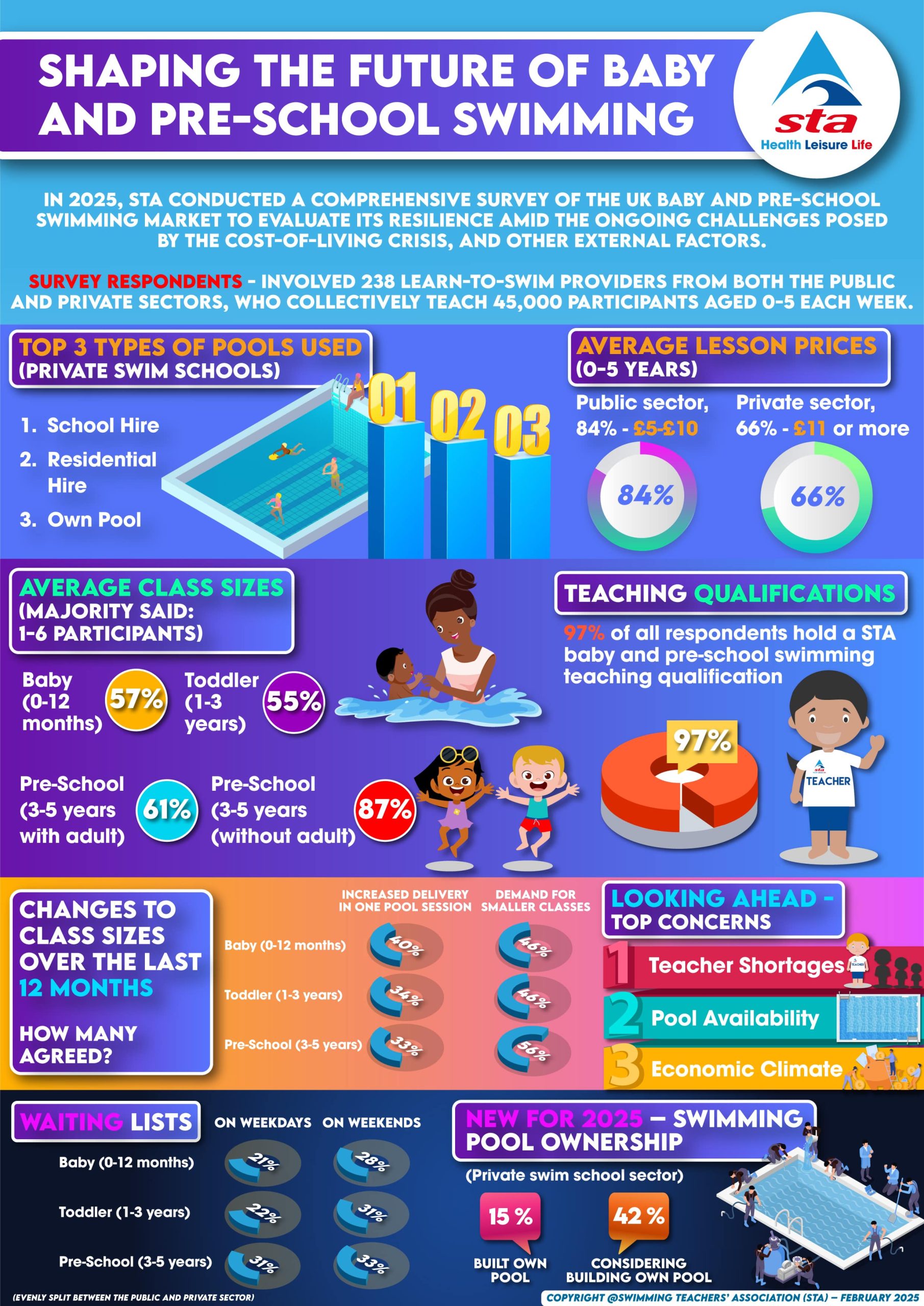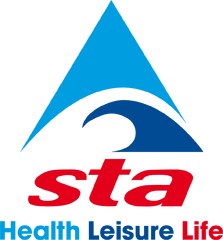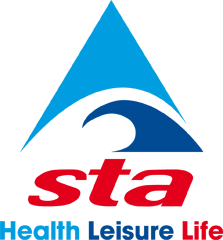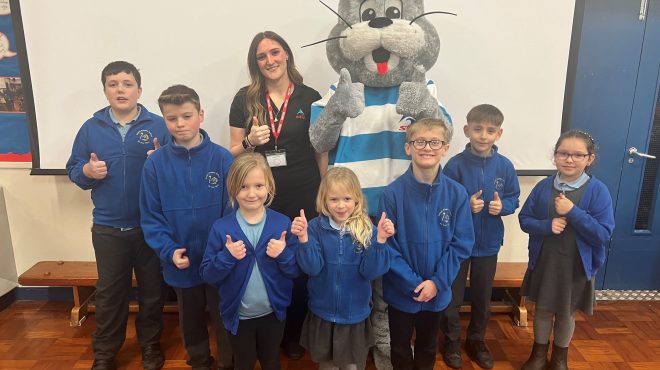For the Love of Teaching: Shaping the Future of Baby and Pre-school Swimming
The findings of STA’s 2025 Baby and Preschool Swimming Survey are positively consistent with the 2023 study, showing little change in participant numbers, class sizes, or waiting lists. However, it’s notable that for the first time, we can now break down these figures by age groups (see infographic).

For this summative assessment, we will therefore focus on the key findings from the “business of swimming” section, which involved 238 learn-to-swim providers from both the public and private sectors, who collectively teach 45,000 participants aged 0-5 each week.
Parental Concerns – Potential Barriers for Participation
Unsurprisingly more than 80% of all the survey participants stated that the cost of living has had an effect on parents bringing little ones to lessons, and this was across the board from 0 months to 5 years. As a result, the respondents believe parents have become less brand loyal, and there has been an increase in new mums returning to work earlier. This is also supported by the fact, 85% of swim schools have observed a rise in demand for weekend lessons from mums – with mums cited as the main person to take little ones, aged 0 months – 5 years, swimming.
The results from this survey, show that on average, a quarter of swim schools have waiting lists for weekend lessons across all the baby and pre-school age groups.
Adding to the logistics of planning and maximising pool time over the last 12 months, is that the swim schools taking part in this survey have also seen a marked increase in parents wanting smaller class sizes for babies aged 0-12 months and toddlers aged 1-3 years; and more than half of parents wanting smaller class sizes for pre-schoolers aged 3-5 years.
This helps clarify why nearly half of participants indicated they’ve increased the number of lessons per pool session in the past 12 months. It’s a trend that could also be further driving the need for more qualified swimming teachers, particularly amidst the ongoing workforce shortage, which is explained further on.
Pool Temperatures
Another new marker to watch, is that three quarters of learn to swim providers agreed that they have seen an increase in parents being concerned about lower pool water temperatures.
This is the first time we have included ‘water temperature’ as a question; and nearly half of respondents said that pools lowering the temperature is a big concern to them as baby and pre-school swimming providers. Comments included, that this is particularly challenging when pool space is already limited, as finding pools with the ideal temperature can be difficult – then on top of this, the growing demand for smaller class sizes. For context, for baby swimming, the pool water should be between 30°C and 32°C.
The Cost of Living – The Impact on Swim Schools
In addition to the parental concerns about the cost of living, it’s notable that 80% of the learn-to-swim providers in this survey have increased lesson prices across all baby and pre-school age groups over the last couple of years. Of those, that have increased prices, 47% positively said they didn’t lose customers as a result – this is encouraging and shows the importance parents place on making sure their children learn how to swim and be water safe from a young age.
In the public sector, 84% charge between £5 – £10 for a 20–30-minute lesson for all baby and pre-school age groups. In the private swim school market, over two-thirds charge £11 or more, across all age groups. For the majority in both sectors, this is based on class sizes having up to six participants (and where stated this included an adult and baby being counted as one pair).
In line with this, there is a marked increase in swim schools, both large and small, discovering new ways to support parents. This includes offering flexible payment options such as direct debits and split term payments, sibling discounts, and added-value benefits like including an award in the fee or discounts on baby swimming products.
Looking Ahead
Turning to the main concerns of our respondents over the next 2-3 years; the main issue cited is the ongoing shortage of qualified swimming teachers, followed closely by pool space availability and the economic climate. More than a third also said competition for pool space is a growing concern.
Interesting to note also, in relation to the aforementioned demand for weekend lessons, many respondents are concerned what impact free nursery places will have on the pre-school 3-5 years market over the next couple of years – they worry this will add to the waiting lists for weekend classes given the lack of pools and pool space availability.
It is therefore no surprise, that 15% of respondents from the private swim school market have taken the plunge and built their own pool – with the main locations being on an industrial estate or at home. We believe this is set to rise even further in the future, with an additional 42% of respondents in this 2025 survey considering the option of building their own pool.
 “This new-format 2025 Baby & Pre-school Swimming Survey provides a wealth of insights and positive takeaways for each age group in this 5-and-under study. From all the comments we’ve received through this research, it’s clear how much you all love teaching baby and pre-school swimming, and in line with our charitable objectives, we share your passion for introducing young children to the water as early as possible, teaching them essential life skills.
“This new-format 2025 Baby & Pre-school Swimming Survey provides a wealth of insights and positive takeaways for each age group in this 5-and-under study. From all the comments we’ve received through this research, it’s clear how much you all love teaching baby and pre-school swimming, and in line with our charitable objectives, we share your passion for introducing young children to the water as early as possible, teaching them essential life skills.
Despite external challenges like the pandemic, cost of living, and the energy crisis, it’s heartening to see that this vital cog in grassroots swimming remains resilient, solutions-driven and is positively buoyant. You also have our reassurance that we will continue to support you, professionally and commercially – whether this be through the newly enhanced membership package and all the benefits that offers; our professional development and award programmes; our charity and marketing initiatives; or by making sure your voices are heard where it matters most.
We’d like to extend our thanks to everyone who took the time to participate and share their valuable perspectives.”
- Categories
- Association News, Swimming Teaching



